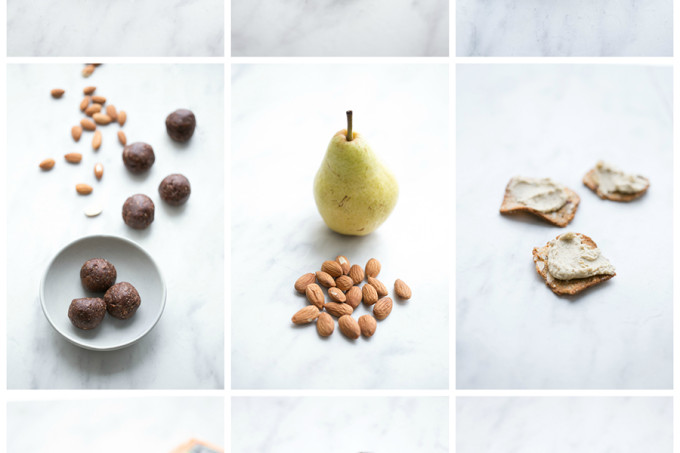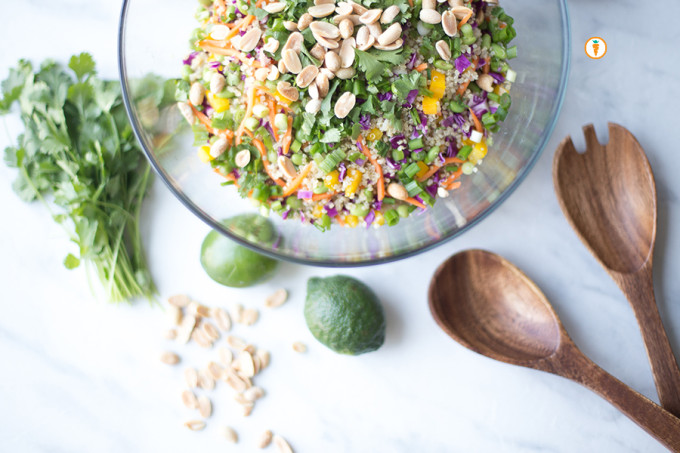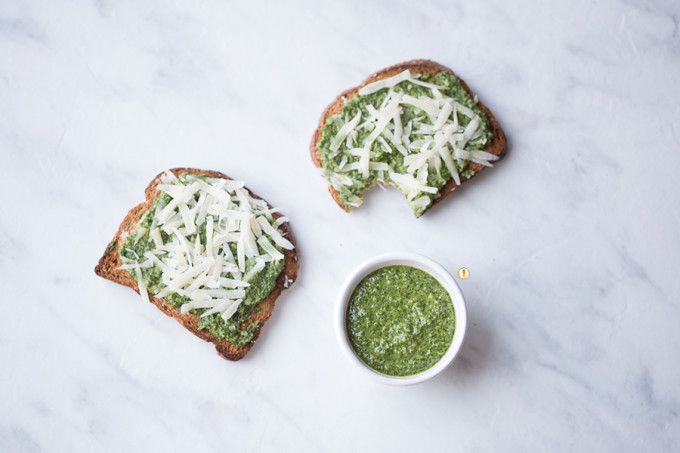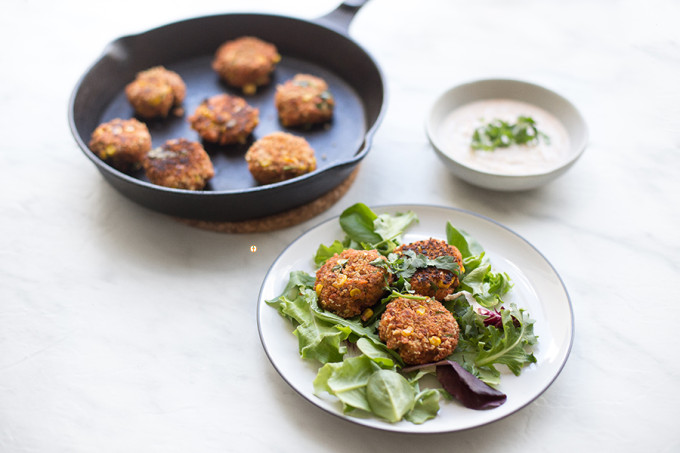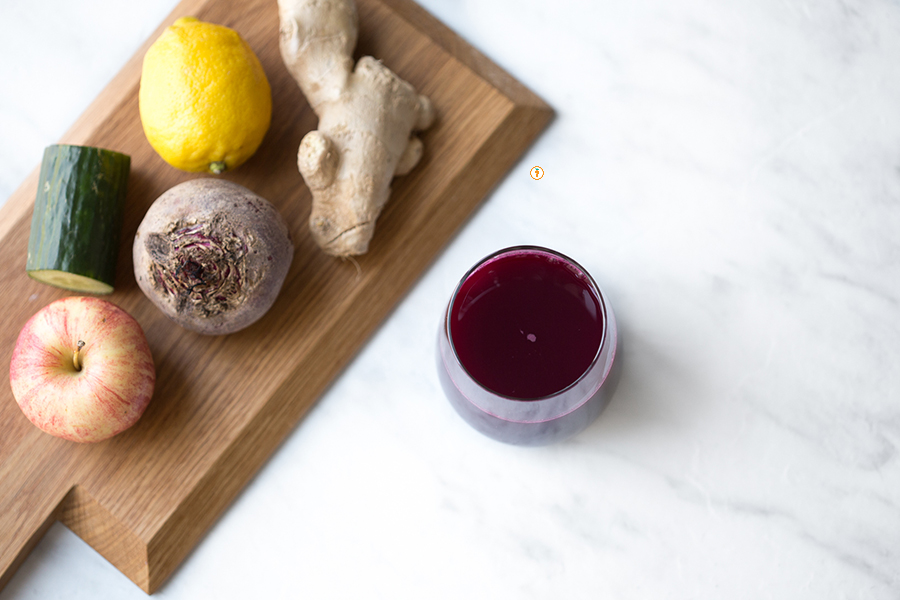
p.s. recipe for this super awesome juice is coming your way (and you don’t need a juicer)
We’ve heard of these magical food properties called anti-inflammatory agents, but what are they? Answer: when our cells excrete waste it is sometimes in the form of oxidative waste, which can be toxic and harmful to the body. These waste particles are like little fists that can punch the cells and tissues, causing inflammation. Kinda like when you scrape your elbow or get a deep paper cut, the area around the injury becomes reddened and inflamed. That’s a good thing, because your body is healing. BUT there is also a type of inflammation that can happen at a cellular level and is referred to chronic low-grade inflammation.
Why does inflammation happen? And what’s the big deal?
Inflammation can take place when we bombard our body with things like sugar, refined grains, stress, environmental toxins, aging etc. There’s a lot we’re still learning about low-grade inflammation. The reason why we’re concerned is because this very type of inflammation is linked to heart disease, metabolic syndrome, type 2 diabetes, cancer, rheumatoid arthritis, and neurological degeneration.
But here’s the cool news….
Anti-inflammatory agents come in like the heroes that they are and swiftly carry away those feisty little guys to ensure that nothing is being irritated and swollen inside the body. Anti-inflammatory is goooood news! Even better news is that we can find it in all sorts of foods!
Here are JUST three anti-inflammatory foods you ought to be eating, and all just in time for the upcoming harvest season.
ONE.
Beets – the deep red/purple color of beets indicates a lot of functional health properties. Anti-inflammation included! Boil, pickle, roast, juice, whatever! Just get these beautiful root plants into your diet and let your digestive system reap the benefits.
TWO.
Turmeric – let’s not forget that herbs and spices have endless medicinal properties. Turmeric is a root plant that is often dried and ground into a lovely yellow spice. The flavor is subtle, a bit pungent but also warm and peppery. It’s commonly used for mustard and curry dishes but the options are endless. Add to scrambled eggs at breakfast, rice for a hint of flavor or soups to bring even more warmth. Or hey, how about making this Kaju Korma over some baked tofu cubes?
THREE.
Olive Oil – Those Mediterranean folk, famous for their lack of inflammatory disease and in part due to their high fat diet. High fat?! Crazy right? The thing is that they are eating some majorly clean, healthy fats over in Greece such as fatty fish, olives and oils.
When fishing for the anti-inflammatory properties of cooking oils (ha, fishing) we have to make sure we grab Extra Virgin Olive Oil or Cold-Pressed Olive Oil, the cold-pressing form of processing keeps all their health benefits in tact. Limit the EVOO to your salads or for bread dipping because high temperatures will destroy those anti-inflammatory agents before they can even get to your cells…dangit. But feel free to use canola oil which is also rich in omega-3 fatty acids in your frying pan or the oven.
Now, here’s a wild idea to tie it all together…toss your chopped beets in some olive oil, sprinkle with turmeric and any other spices of your choice and roast for 25 minutes at 425F. Voila! A beautiful, fall-harvest, anti-inflammatory dish!
If you want to learn more about this specific diet, get your hands on Desiree Nielsen’s book Un-Junk Your Diet: How to Shop, Cook, and Eat to Fight Inflammation and Feel better Forever.
If you’re interested in eating more in the way of an anti-inflammatory diet, contact me. I’d love to help!
Please note the content of this post was written by 4th year Human Nutritional Sciences student Johanna Adriaansen. Johanna also maintains her own website and is an aspiring Dietitian!
Don’t forget to follow Carrots and Cake on Instagram to see tiny square snap shots of my life.
– With Love, Carrots and Cake,

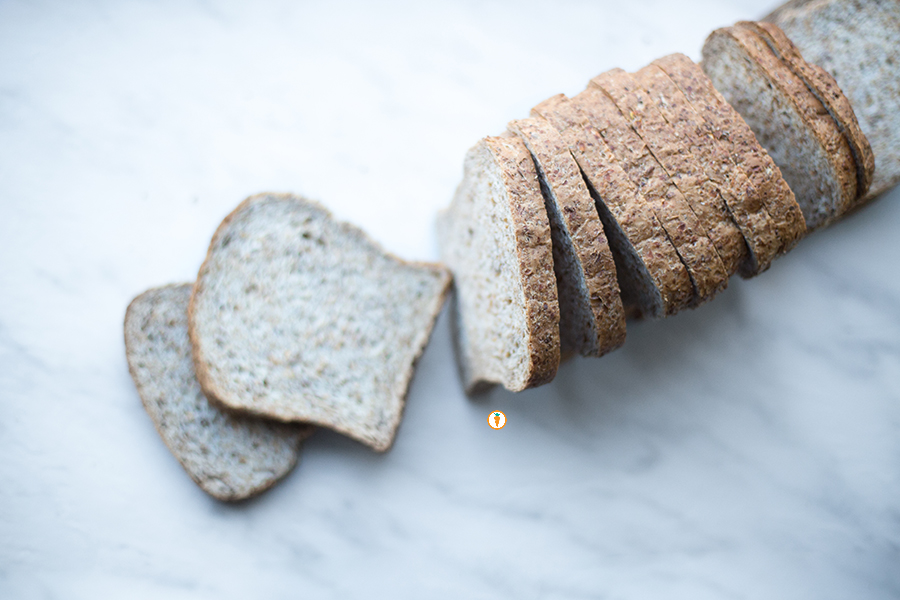 A couple of
A couple of 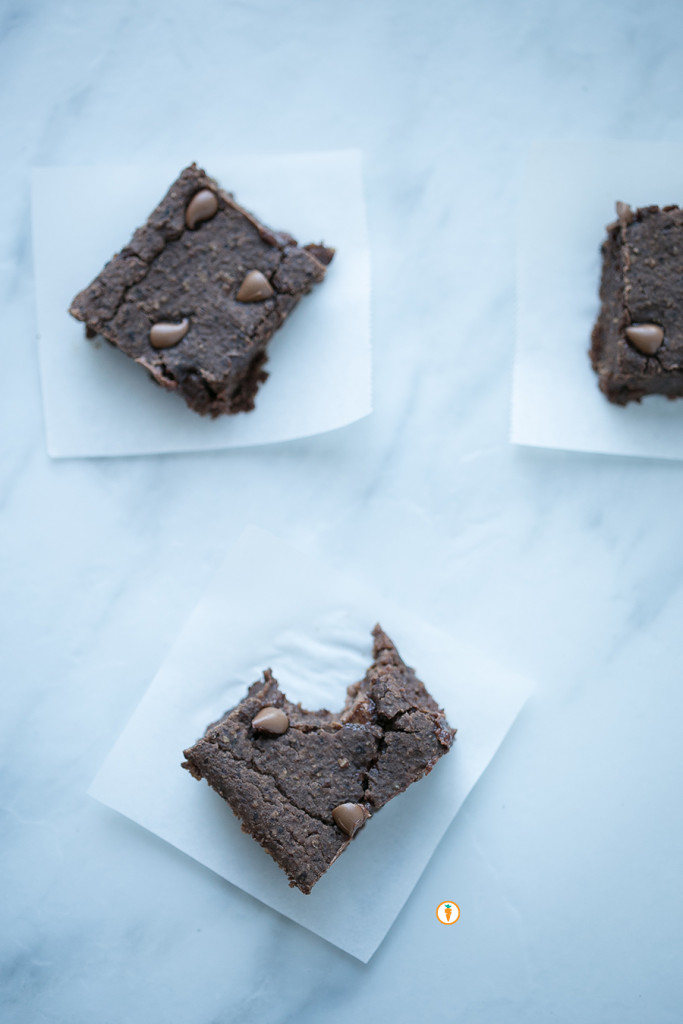
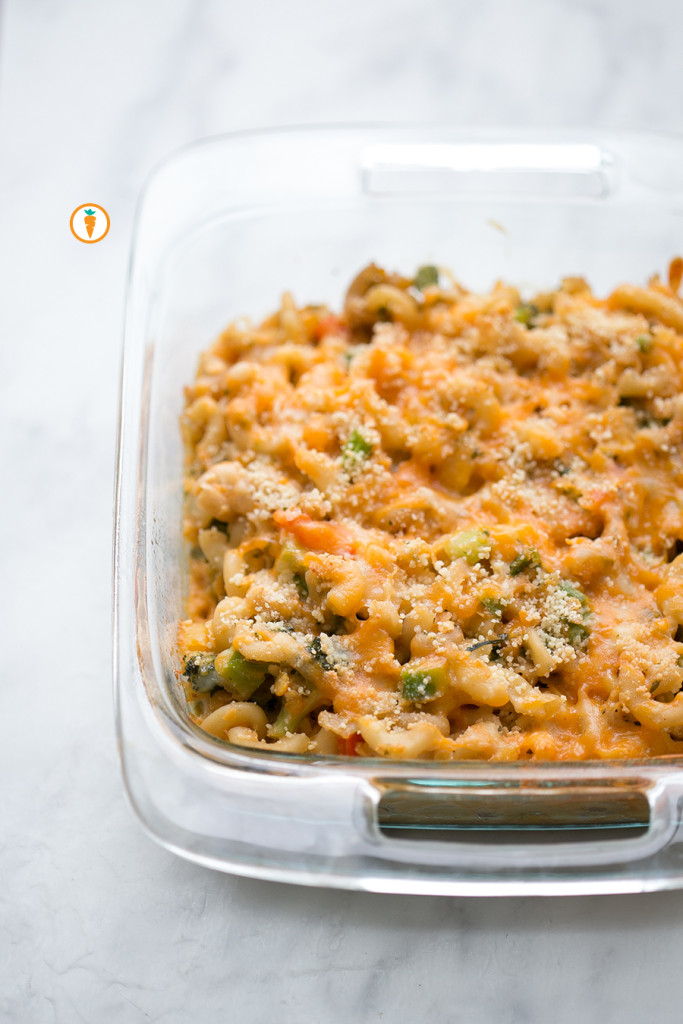
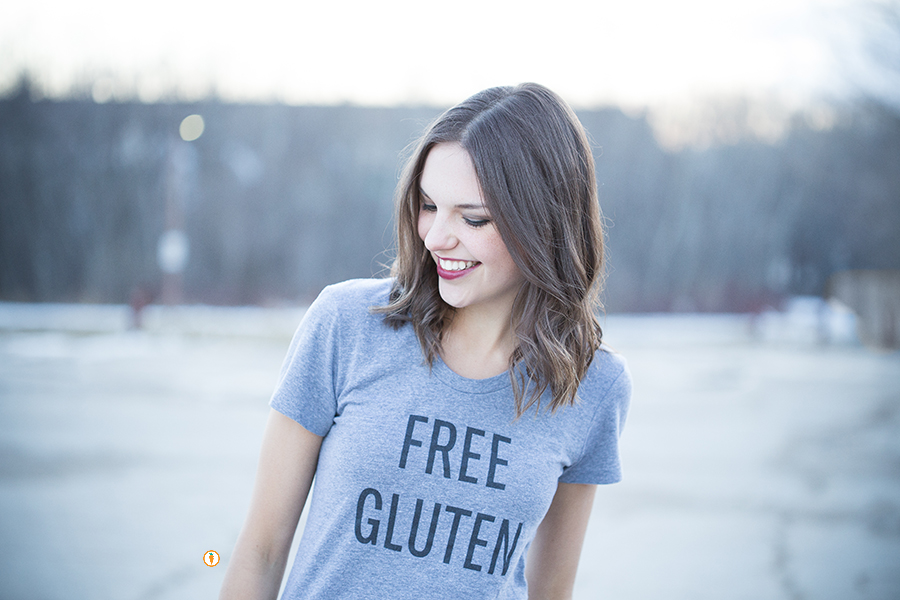
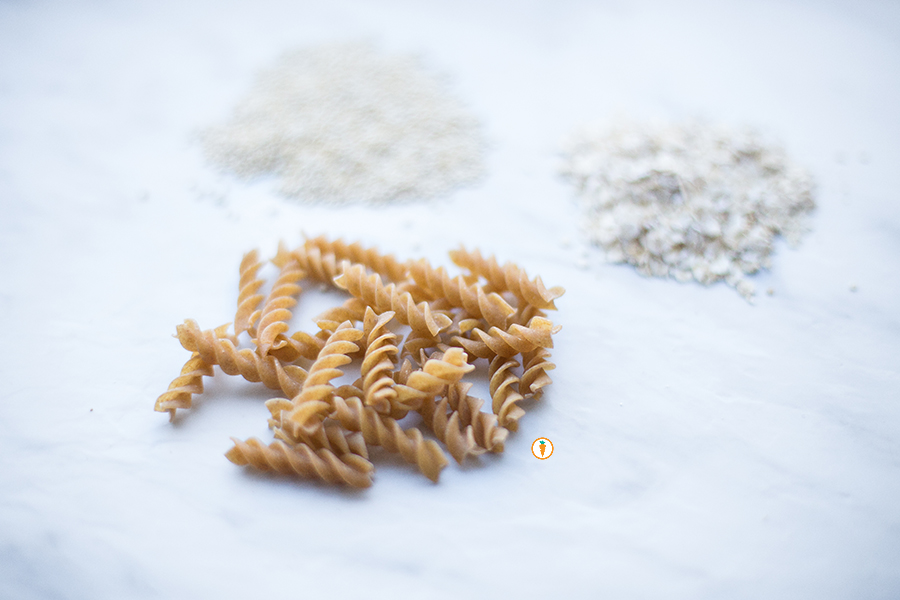 As soon as you type the word “diet” into your preferred internet search-engine, you’ll probably be met with results like “gluten-free,” “low-carb,” or “cutting out wheat for weight loss.” This grain-free diet trend has become increasingly popular, compliments of endorsements by many celebrities and Instagram stars. But before you write off grains for good, take a look at some of the top reasons we love whole grains, and why they’re essential to your health.
As soon as you type the word “diet” into your preferred internet search-engine, you’ll probably be met with results like “gluten-free,” “low-carb,” or “cutting out wheat for weight loss.” This grain-free diet trend has become increasingly popular, compliments of endorsements by many celebrities and Instagram stars. But before you write off grains for good, take a look at some of the top reasons we love whole grains, and why they’re essential to your health.
